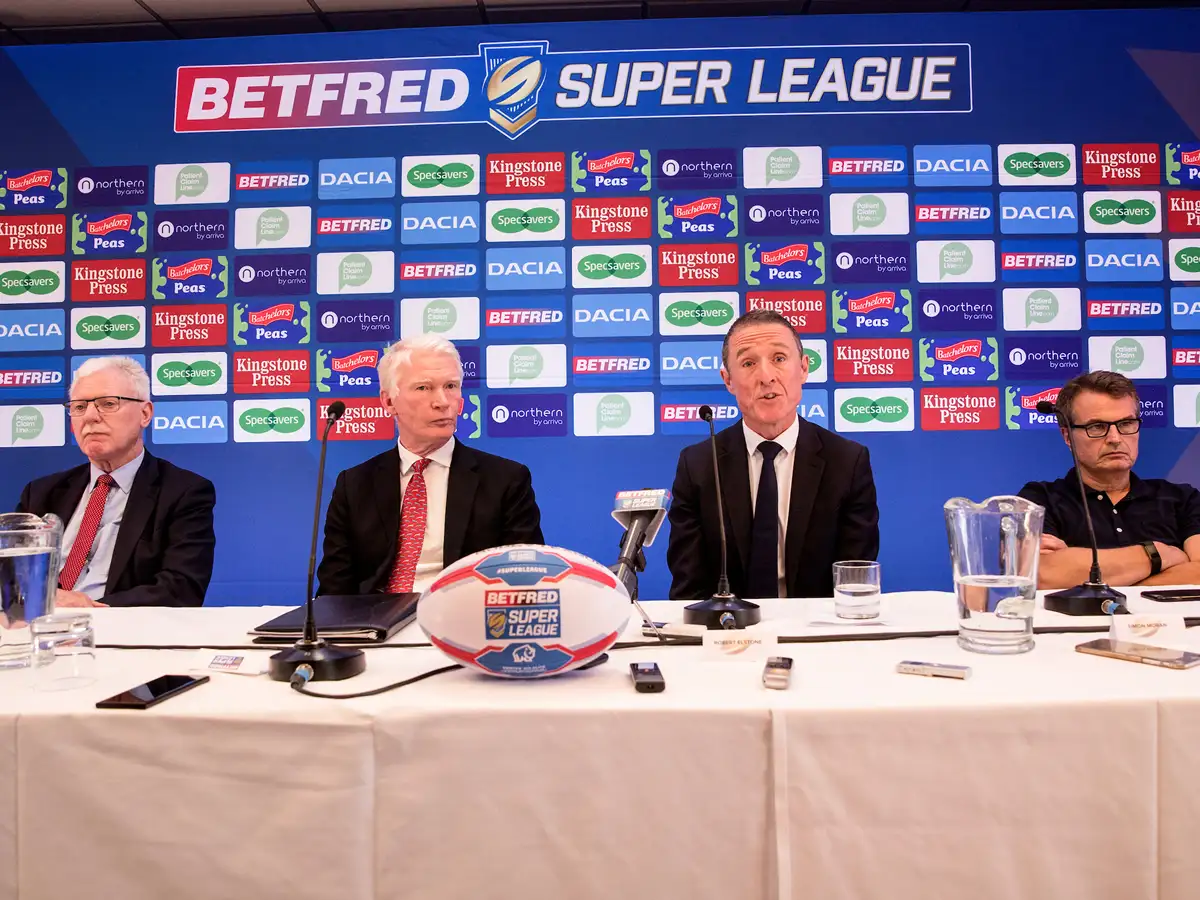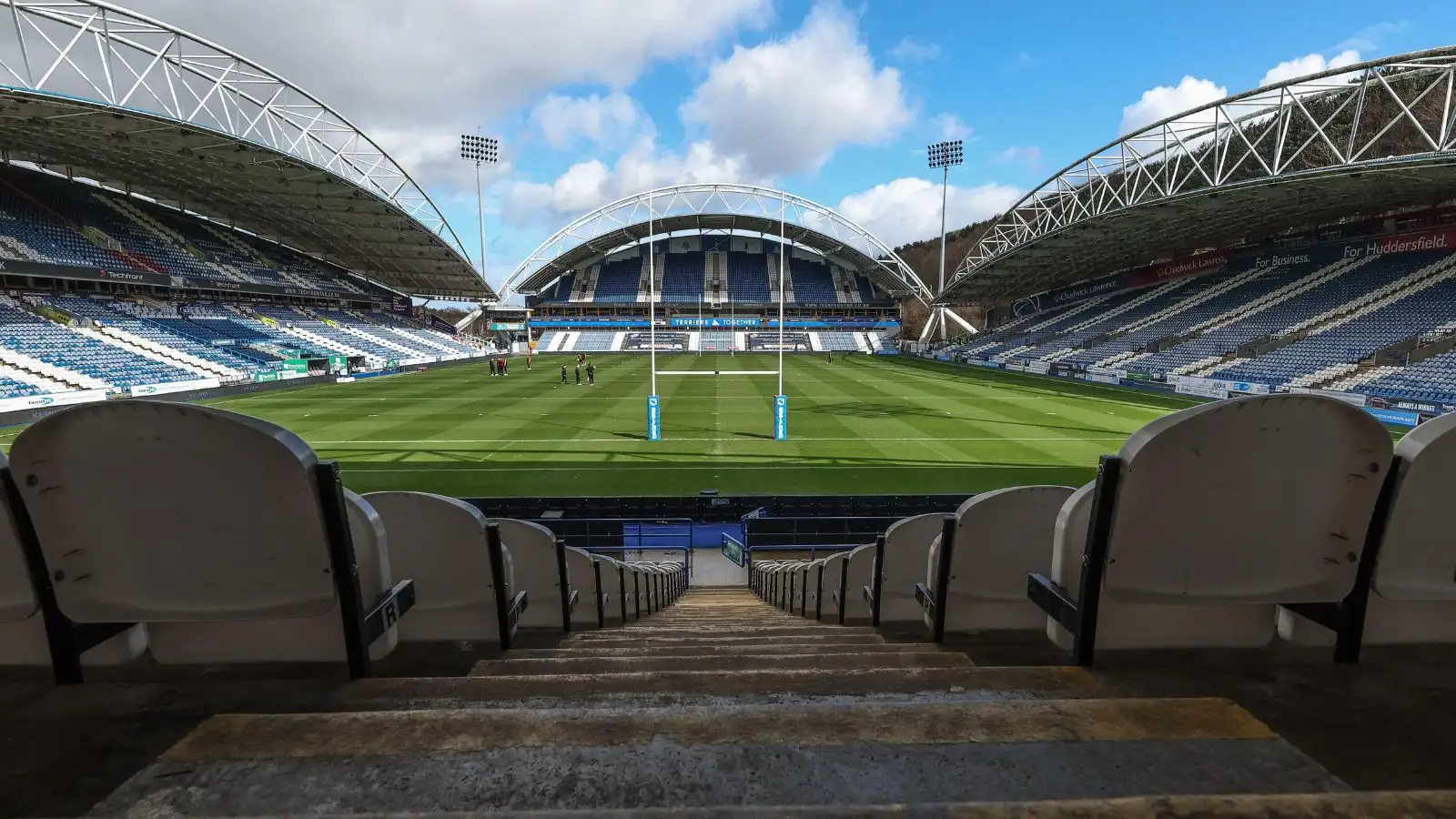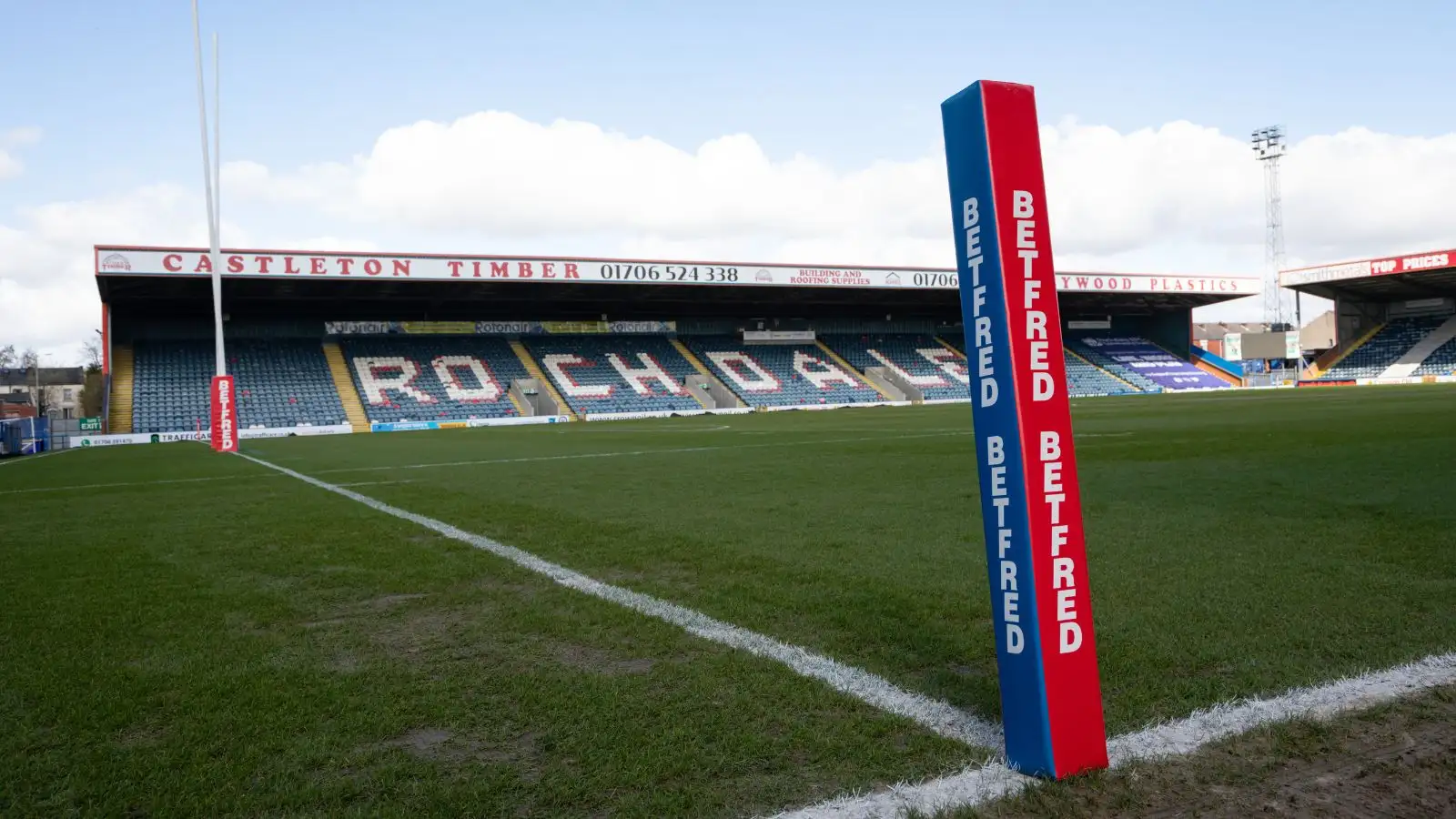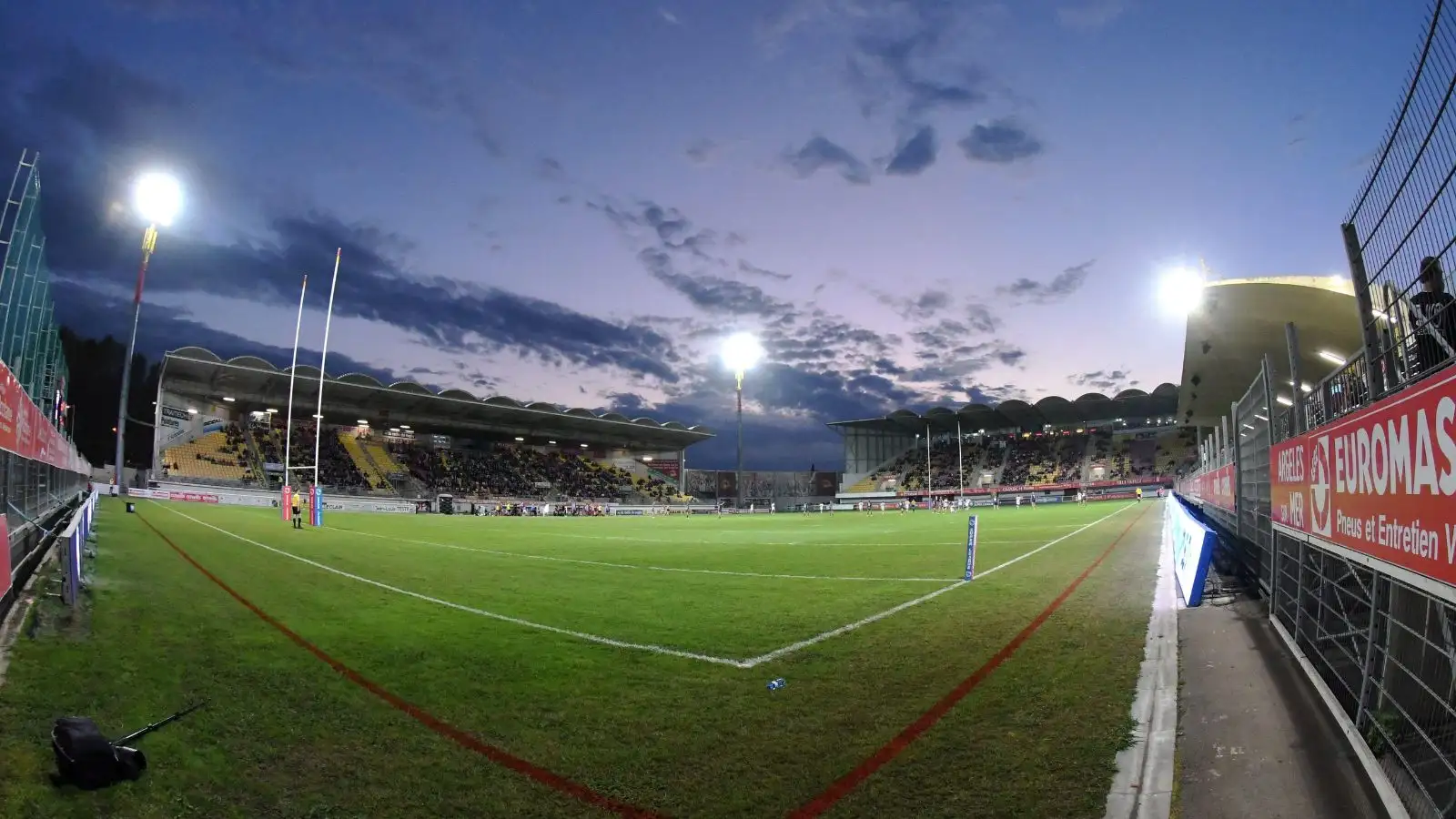Why a 16 team Super League now could future proof rugby league

It’s no secret that rugby league needs to grow from its traditional heartlands.
The advent of Super League, and a potential franchise era, has so far failed to deliver that successfully.
We await with baited breath the next revolutionary structural change that will apparently eradicate the sport’s failings, as it continues to disappear from public conscience as a result of the in-fighting within the game that makes it virtually inconceivable for any outsiders to want to get involved, be it from a commercial or supporter level.
The number of articles I’ve written on the subject in over a decade as a rugby league journalist is perhaps a reflection on how difficult it is to come up with the perfect format, which is why the most flexible solution should be sought, something that the Super 8s failed to deliver.
It was via a Twitter exchange recently that a 16 team Super League was suggested, in essence meaning all eight clubs in The Qualifiers would line up in the top flight next season.
Best outcome would be to promote all four championship clubs and increase super leagues size. And leave rest of us to get on with semi pro rugby league ?
— Nige (@Bingleynige) August 13, 2018
Given that 15 of the 16 clubs are full time already, any worries about stretching the player pool can be thrown out.
There is now a significant gulf between the top half of the Championship and the rest, which results in an unbalanced competition.
As per the suggestion above, Super League would be full-time and the leagues below would be part-time – enabling clubs new and old to continue to go about the business of simply playing rugby league to the best level possible, without being embroiled in the continuing arguments of funding, commercial growth and expansion.
An element of promotion and relegation would be retained – as per non-league football, Championship clubs interested in being promoted could satisfy set criteria, with the winners of the competition then being able to move up in to a potentially expanded top flight if deemed suitable.
That means the likes of Bradford, York and Newcastle could make their way up the leagues again and earn their shot in the top flight.
New franchises, such as those mooted in New York and elsewhere, could enter straight in to Super League, again increasing the number of teams in the competition. This would remove the issue of fitting them in alongside part-time teams, distorting the salary cap and causing logistical issues that are more testing for players who’ve had to work all week before playing at the weekend.
This to me is expansion. We’ve got the same number of teams as in 1996, and though we now have 15 full-time teams, that was also the case back in 2006. The only way the game will grow is if there are more full-time teams, bringing more fans, producing more players and attracting more revenue.
The problem will be getting existing clubs to agree to a cut in funding. Assuming the overseas clubs don’t take from the central TV funding, there are currently 11 clubs sharing the pot. That would increase to 13 if the league went up to 16; surely this deficit could then be worked up over time by the greater exposure, sponsors and crowds a bigger league would attract. Short-term thinking from a funding point of view is going to leave some clubs in very big holes come 2021.
Losing clubs from full-time status to potentially never return is counter productive, and while some might say certain teams aren’t needed or aren’t adding anything to the game, rugby league isn’t in a position where it can turn away even relatively modest sized clubs.
Even the most ardent of Widnes fans (ahem) would struggle to argue their case for remaining in the top flight having endured two dour seasons where they’ve won just eight of 46 regular season matches.
That said, they have decent facilities, a burgeoning youth academy that is benefiting from a decade of investment even during their days in the Championship and a history that has them in probably the top 10 of rugby league clubs.
Bradford have had a difficult time, but you can’t question their pedigree and potential as a rugby league giant, and while it is of course largely their own doing where they are, if they were to work their way back up, it shouldn’t have to be in place of an already existing club.
In a 16-team Super League, you wouldn’t necessarily have automatic relegation, but could put a process in place that says the bottom two are at risk each year of having their suitability for the competition reviewed.
In a few years, you could feasibly be looking at a 20-team Super League, at which point the discussion of splitting it in to two tiers could be had.
At the moment, the suggestions being thrown around don’t seem to have considered what happens in a few years, or what happens if new teams from strategic markets come on board.
We wait and see what is to be announced – here’s hoping I’m not still writing these sort of pieces in five years time.



